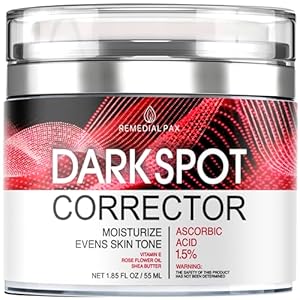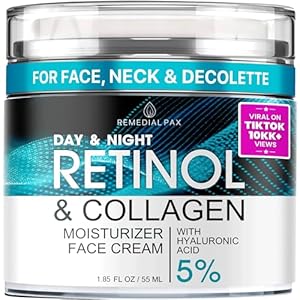
Why does the peripheral nervous system regenerate while the central nervous system does not? Both are composed of clusters of neurons linked by axons that can extend for as much as a few feet in the longest cases. Nerves are bundled axons. One of the approaches taken by researchers interested in applying regenerative medicine strategies to the central nervous system is to look for biochemical differences between peripheral nervous system neurons and axons versus central nervous system neurons and axons. There must exist specific differences that enable regeneration of peripheral nervous system axons or suppress regeneration of central nervous system axons. That doesn’t mean those differences are easy to find, of course. Biology is exceptionally complex and present omics approaches are not well suited to capturing the full picture of a changing system that is moving through a process over time.
In today’s open access paper, researchers report on what they believe to be an important component of peripheral nerve regeneration. Peripheral nervous system neurons express a specific set of short interspersed nuclear elements (SINEs) during axon regrowth, and this does not occur in central nervous system neurons. SINEs are a form of transposable element, repeated DNA sequences capable of copying themselves when activated, and currently a topic of interest for their contribution to degenerative aging when overly active in later life. Transposable elements are largely the remnants of ancient viral infections, but that doesn’t rule out the evolution of useful functions for these sequences. Nothing is simple in cellular biochemistry, evolution loves reuse, and few aspects of our biology have only one purpose.
Repeat-element RNAs integrate a neuronal growth circuit
Neuronal growth and regeneration are regulated by RNA localization and local translation. We previously described an intrinsic neuronal-growth-regulating mechanism based on axonal transport of the RNA-binding protein (RBP) nucleolin and local translation of key mRNA cargos, including importin β1 and mTOR. Local translation of these and other mRNAs at the cell periphery and retrograde transport of the resulting proteins is thought to set up a length-dependent oscillatory signal that regulates neuronal growth rates. Indeed, perturbation of the mechanism by sequestering importin β1 mRNA or nucleolin away from axons significantly enhances neuronal growth.
Computational modeling of this intrinsic mechanism postulates the existence of a negative feedback loop for periodic resetting of the signal. Because the mechanism is critically dependent on RNA localization to axons, we considered how this might be regulated. RNA localization motifs are often located within 3′ UTRs, and 3′ UTR length can be regulated by alternative polyadenylation. We therefore examined the possibility that shortening of 3′ UTRs by alternative polyadenylation might regulate injury-induced growth of peripheral sensory neurons. This led to the unexpected identification of a subfamily of B2-SINE non-coding repeat-element (RE) RNAs as key regulators of a physiological growth circuit.
B2-SINEs are non-coding RNAs transcribed by RNA polymerase III (Pol III) from short interspersed nuclear elements (SINEs), which are high copy number transposable elements in the mouse genome. B2-SINEs are often polyadenylated, and although mostly transcriptionally repressed in somatic cells, they can be upregulated upon cellular stress. Our recent studies establish a subset of polyadenylated B2-SINE repeat elements, hereby termed GI-SINEs (growth-inducing B2-SINEs), as intrinsic axon growth regulators. This unique subset of B2-SINE RNAs integrates mRNA localization and translation to enhance sensory neuron growth after axon injury. Exogenous expression of B2-SINEs also enhances growth in central nervous system neurons that do not upregulate endogenous SINE elements upon nerve injury. The GI-SINEs are induced in response to retrograde injury signals via activation of AP-1 transcription factors and modulate growth and protein synthesis.
Trending Products











